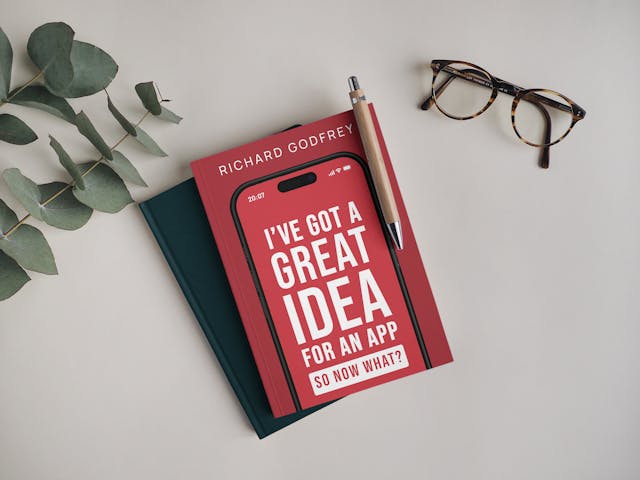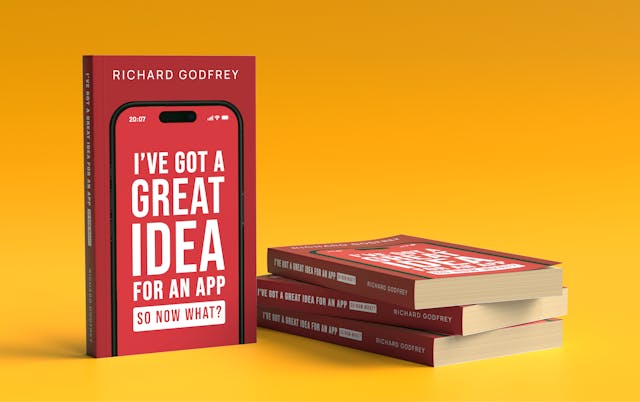Eight Mechanics of Gamification
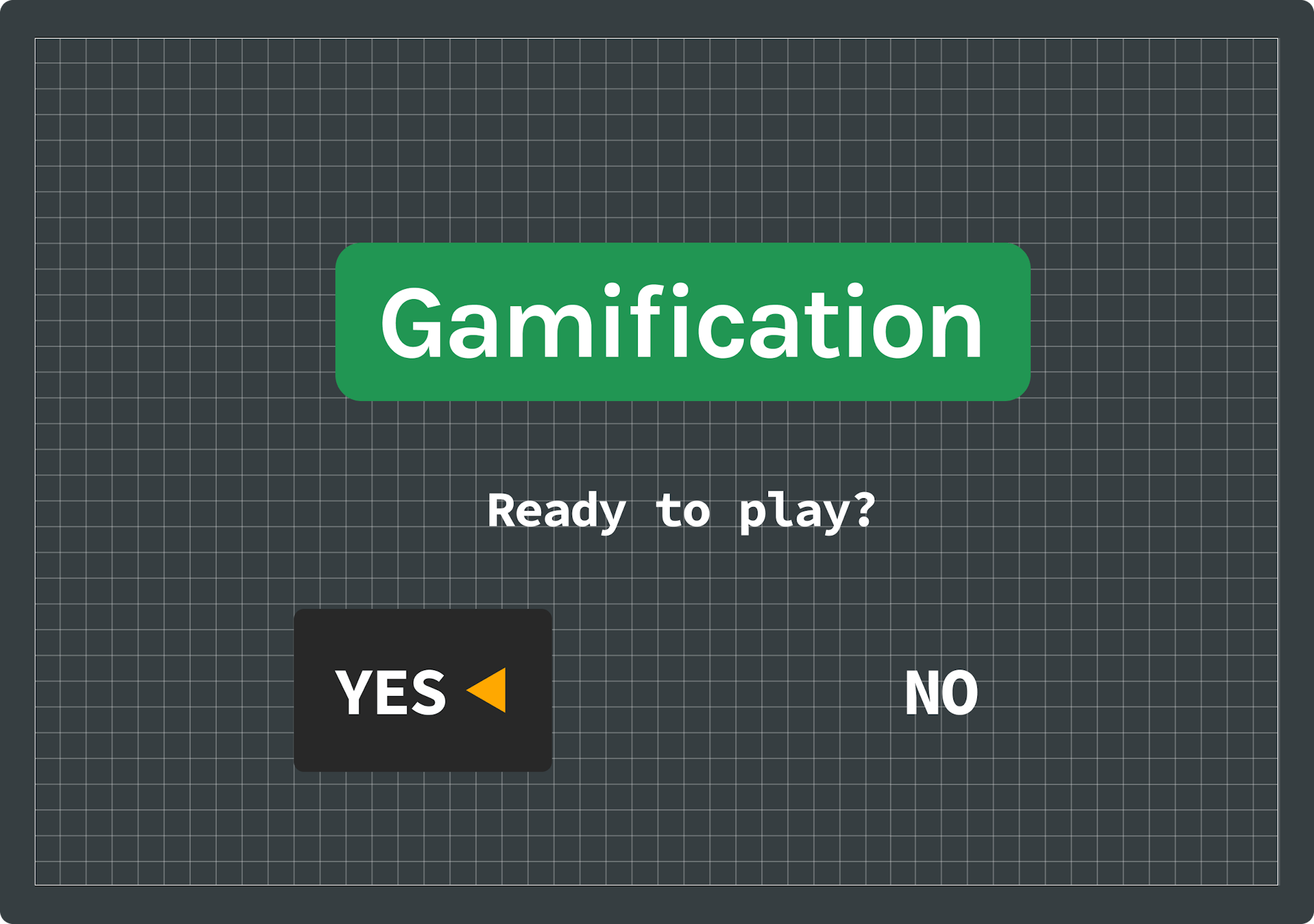
Gamification has become an increasingly popular strategy in Product Design, leveraging game mechanics to enhance user engagement and motivation. By incorporating elements such as rewards, progress tracking, and social interaction, We can create more compelling and enjoyable user experiences.
In this blog, we'll explore various game mechanics that can be used in gamification to boost user involvement and satisfaction. From loss aversion to personalisation, these techniques can transform mundane tasks into engaging activities that keep users coming back for more.
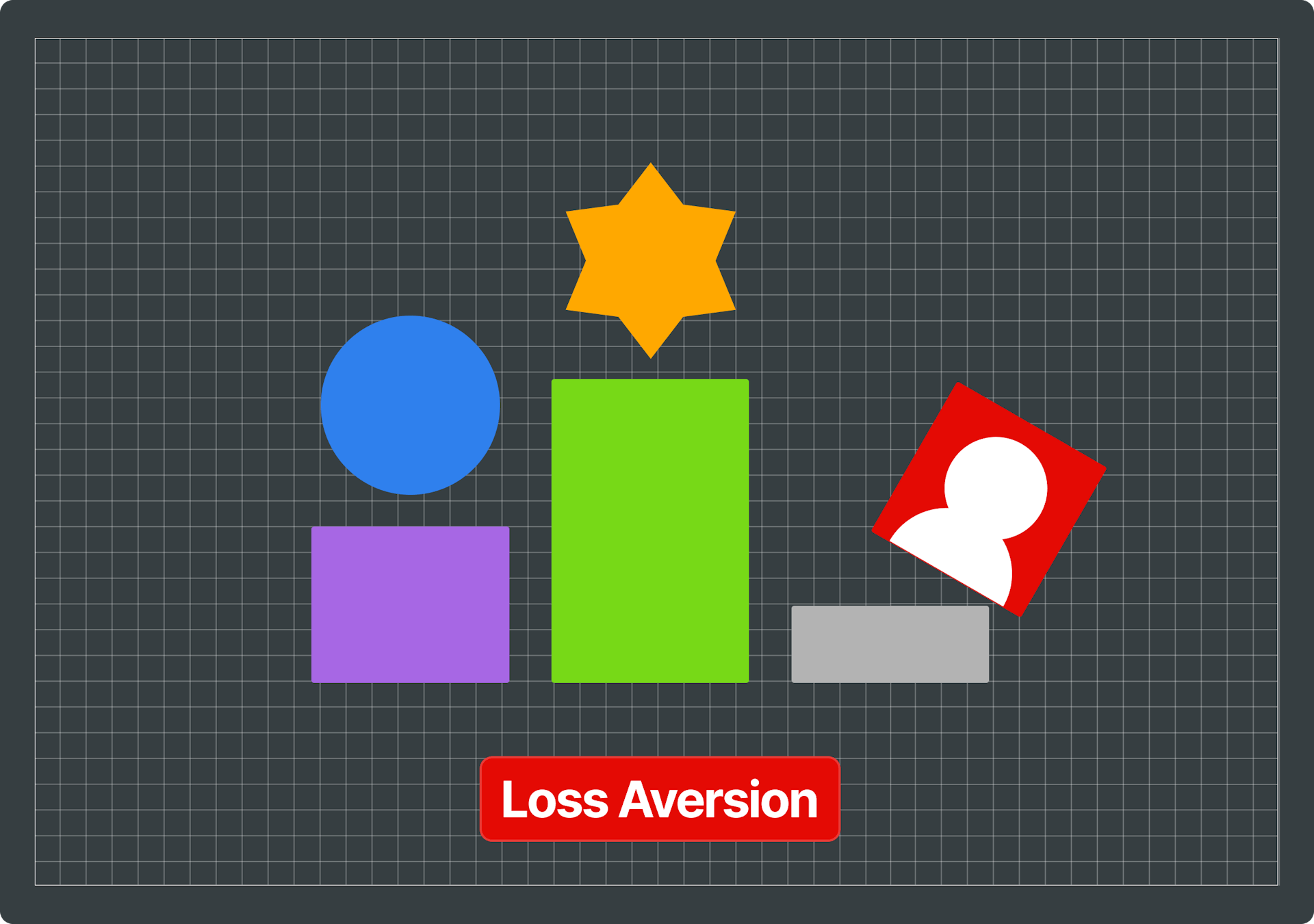
1. Loss Aversion
Loss aversion is rooted in the psychological principle that people prefer to avoid losses rather than acquire equivalent gains. This principle is extremely powerful in gamification because the fear of losing can motivate users to take action or stay engaged with a software.
Example
Consider a health-tracking app that allows users to build a “health streak” by logging in their daily activities and maintaining healthy habits. If a user fails to log in or meet their daily health goals, they risk breaking their streak. This potential loss motivates users to consistently engage with the app to maintain their streak.
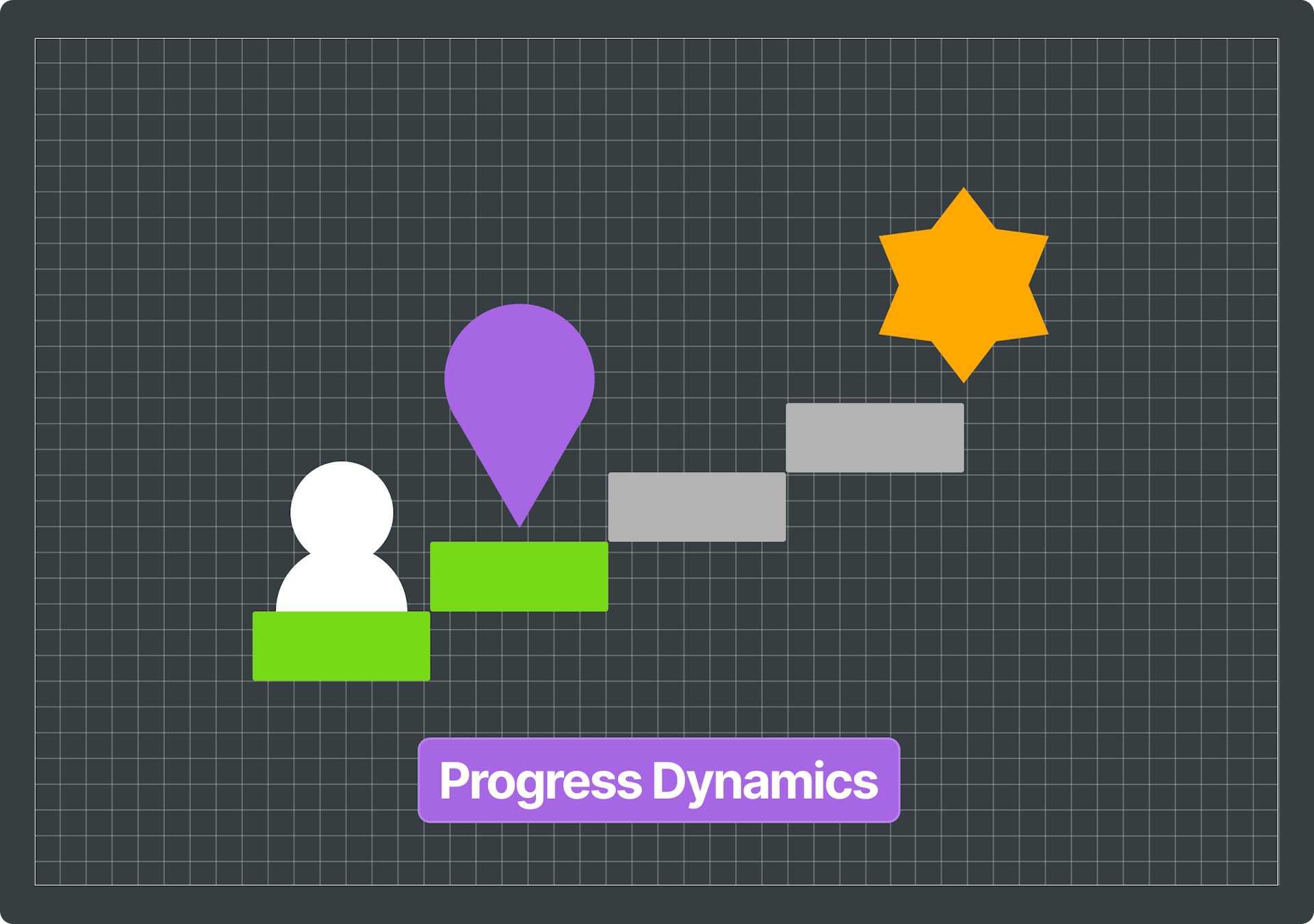
2. Progress Dynamics
Progress dynamics involve showing users their progression towards a goal. This mechanic works by giving users a visual or quantitative representation of their achievements and remaining challenges. It's effective because it taps into the user's desire for completion and achievement.
Example
An online learning platform can use progress bars or achievement levels to show users how much of a course they've completed and what's left. As users progress through different modules, the increasing fill of the progress bar provides a visual representation of their learning journey, encouraging them to continue.

3. Endowed Progress Effect
The endowed progress effect is a phenomenon where people are more likely to complete a task if they perceive they have made progress towards it. By giving users a head start, this effect can be harnessed in software design to increase user engagement and task completion rates.
Example
A coffee shop loyalty app might offer a digital card where a customer's first purchase comes with a bonus stamp, suggesting that they're already part way towards earning a free coffee. This initial boost can motivate customers to keep purchasing at this coffee shop to reach their reward more quickly.
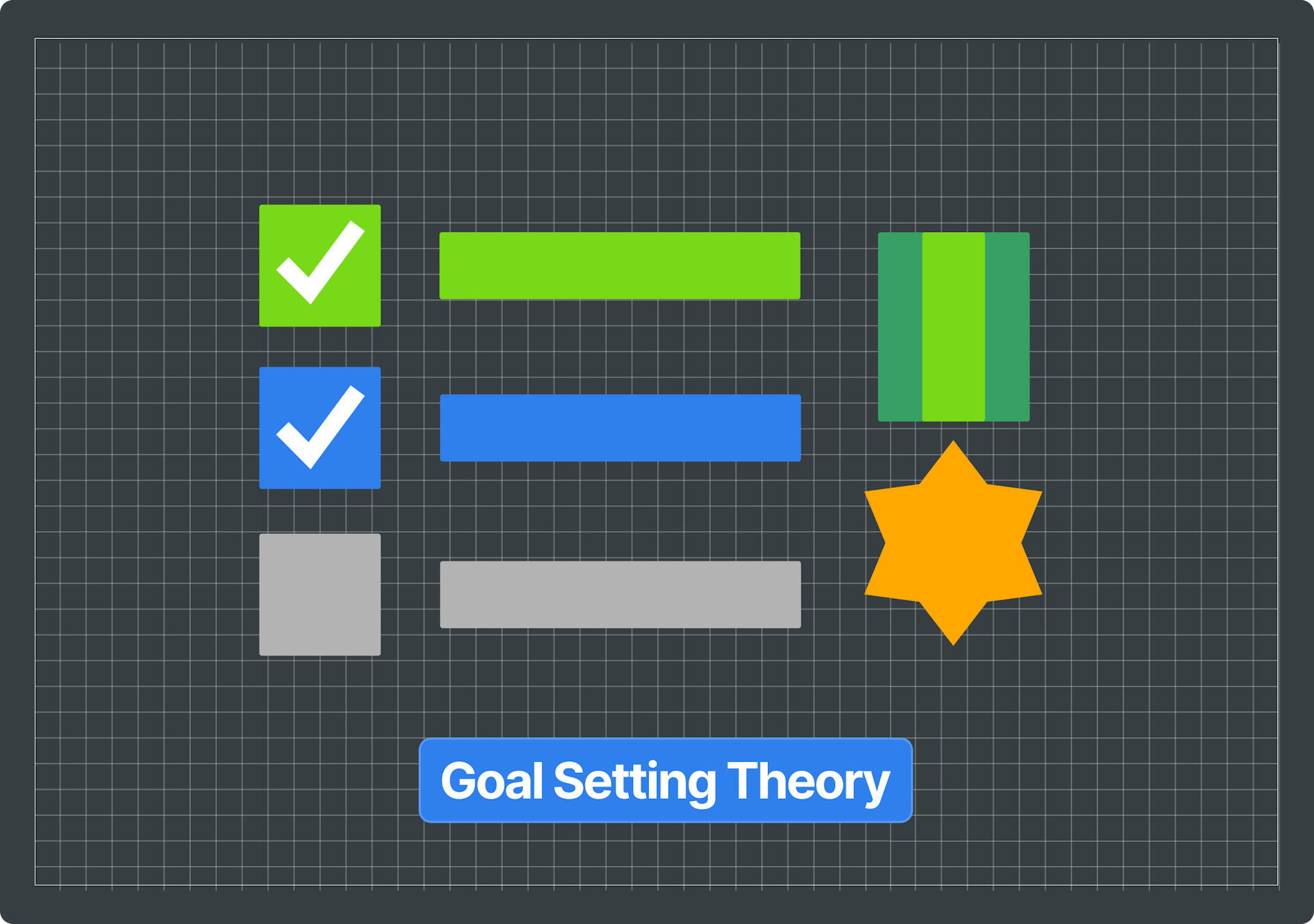
4. Goal Setting Theory
Goal setting theory suggests that individuals are more likely to be motivated and perform better when they have specific, challenging but attainable goals. In gamification, setting clear and achievable goals can significantly enhance user engagement and satisfaction.
Example
A banking app might allow users to set specific, personalised goals for saving money, like saving enough for a holiday or a house deposit. The tool can then provide feedback and rewards as users meet these goals, reinforcing their sense of achievement.
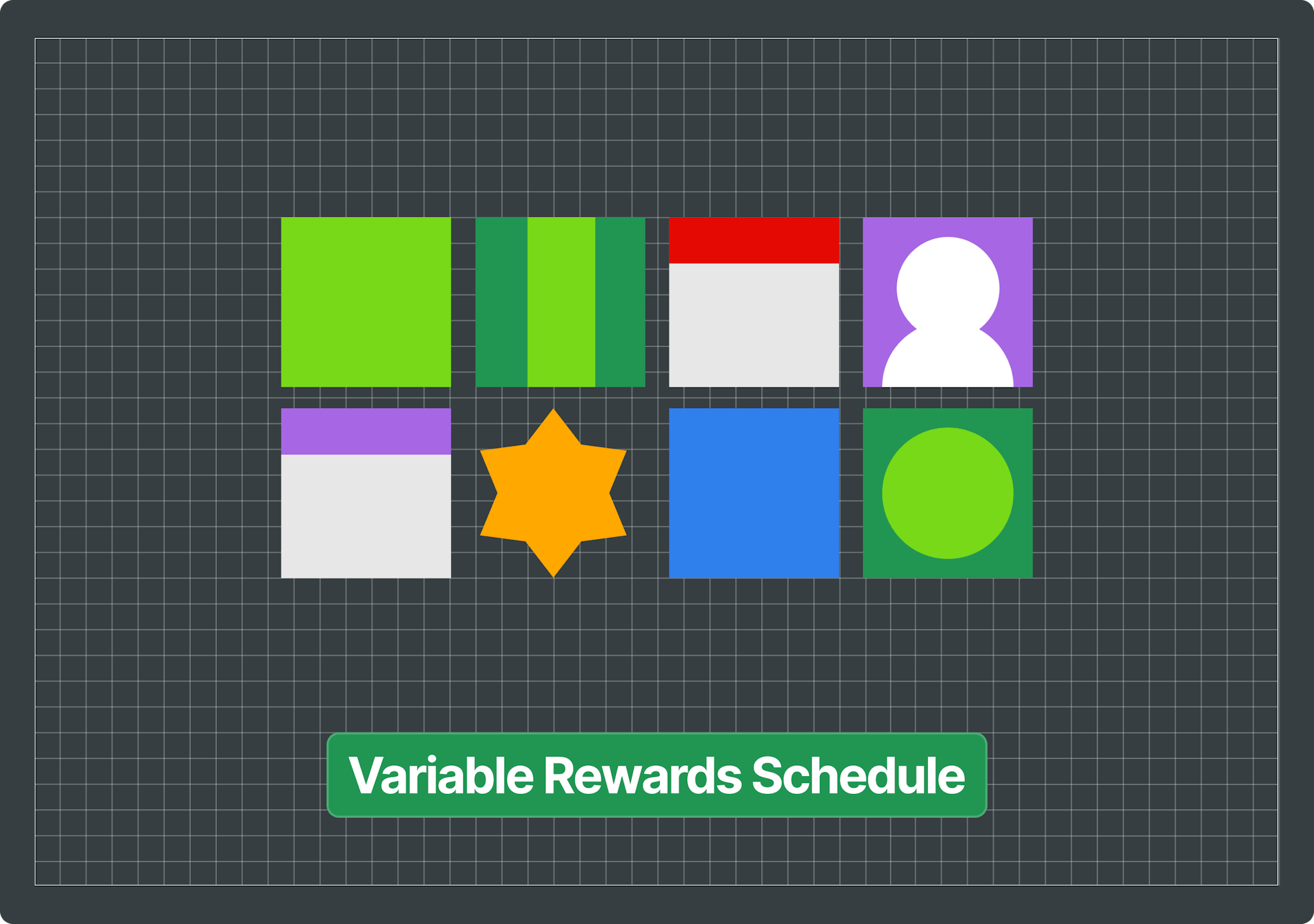
5. Variable Rewards Schedule
Variable rewards schedules are based on providing rewards at unpredictable intervals. This unpredictability creates a sense of mystery and excitement, encouraging users to continually engage with the software in anticipation of the next reward.
Example
A social media platform might employ this by randomly awarding badges or special status for user activities like posting, commenting, or sharing. Users don’t know exactly when they'll receive a reward, which keeps them actively participating in the hope of receiving one.
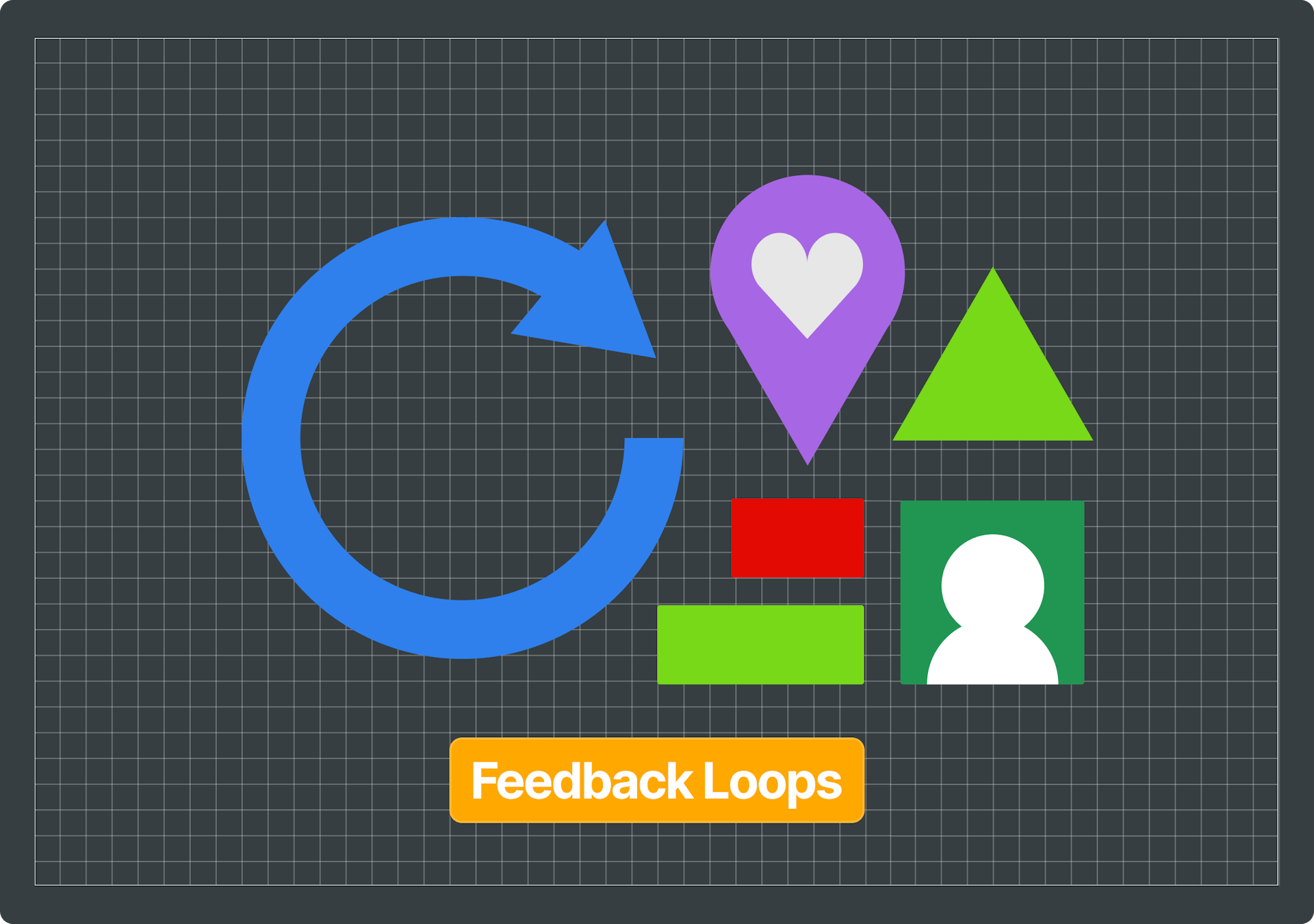
6. Feedback Loops
Feedback loops provide users with real-time information about their actions. Positive feedback (like rewards or recognition) reinforces desired behaviour, while negative feedback (like losing points or receiving constructive suggestions) can guide users towards improvement.
Example
Fitness apps often use feedback loops by giving instant feedback on workout performance. For instance, after a user completes a run, the app might provide stats on distance, pace, and calories burned, encouraging them to continue or improve their performance.
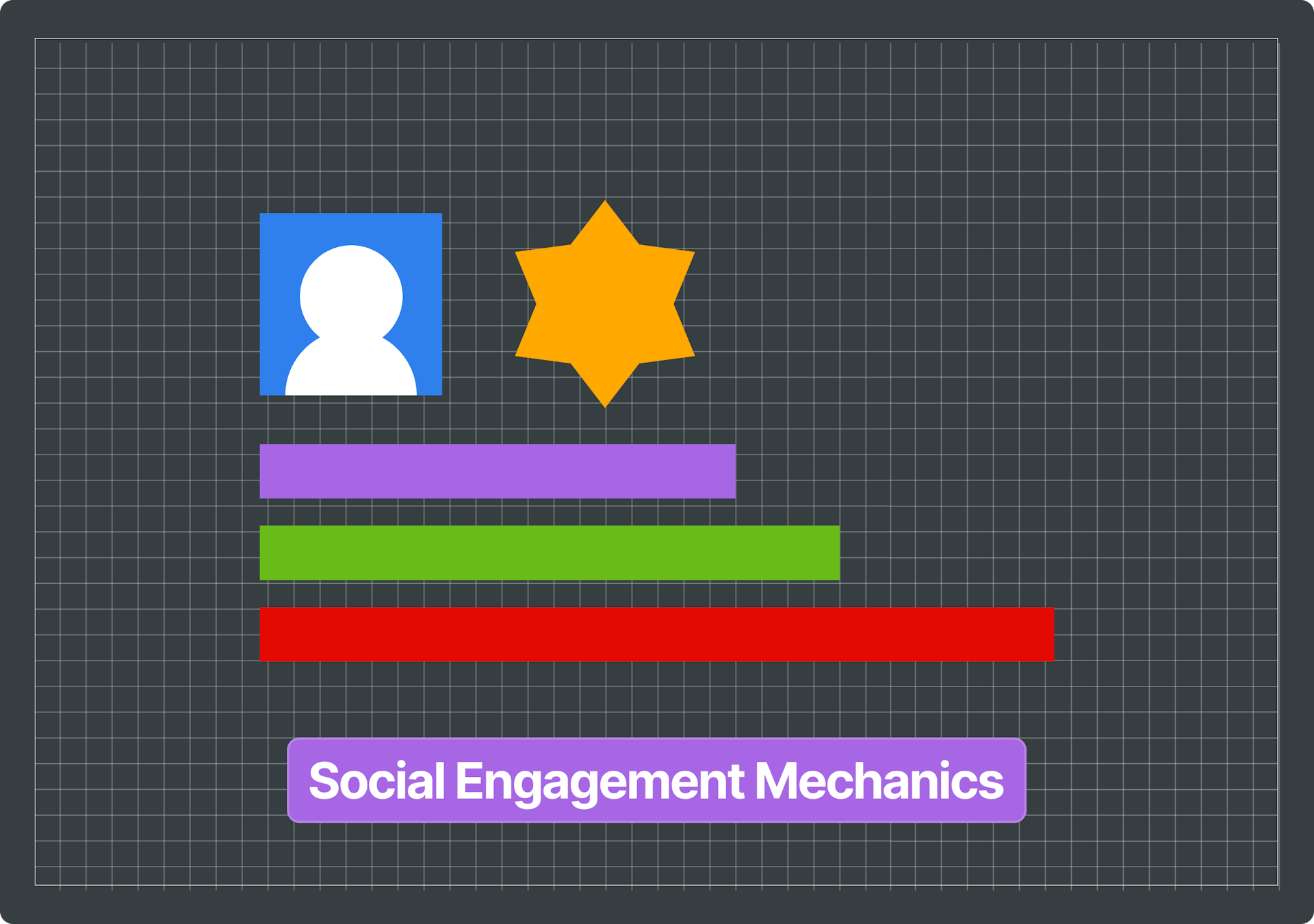
7. Social Engagement Mechanics
These mechanics leverage human social behaviour. Features like leaderboards, social sharing, and collaborative challenges can harness the power of social influence and competition to motivate users.
Example
A blogging app might allow users the ability to add recognition under articles that are visible to all users. This might enable the blog to become more discoverable to other readers among similar blogs (like an invisible leaderboard).

8. Personalisation
Personalisation in gamification means tailoring the experience to individual users' preferences, behaviours, and past interactions. This can increase relevance and engagement by making users feel that the system understands and caters to their unique needs.
Example
A language learning app might offer personalised challenges based on what suits the user. For instance, if a user doesn’t have as much time to learn, the user can input this data and the app can adapt to this specific users needs.
Final Thoughts
Gamification is more than just fun and games; it's a serious design strategy that taps into human psychology to create engaging and effective software experiences. It's about understanding what drives your users and using that knowledge to create an experience that's not just useful but also enjoyable. Simply implementing a game mechanic won't deliver you a compelling application. You need to think deeply about user goals, business goals, user behaviour, ethics and much much more before you can be sure that you are making a positive impact on the user experience.
Interested in harnessing the power of gamification in your software? Contact us to explore how we can make your software not just functional, but fun and engaging. Let's take your user experience to the next level together!
